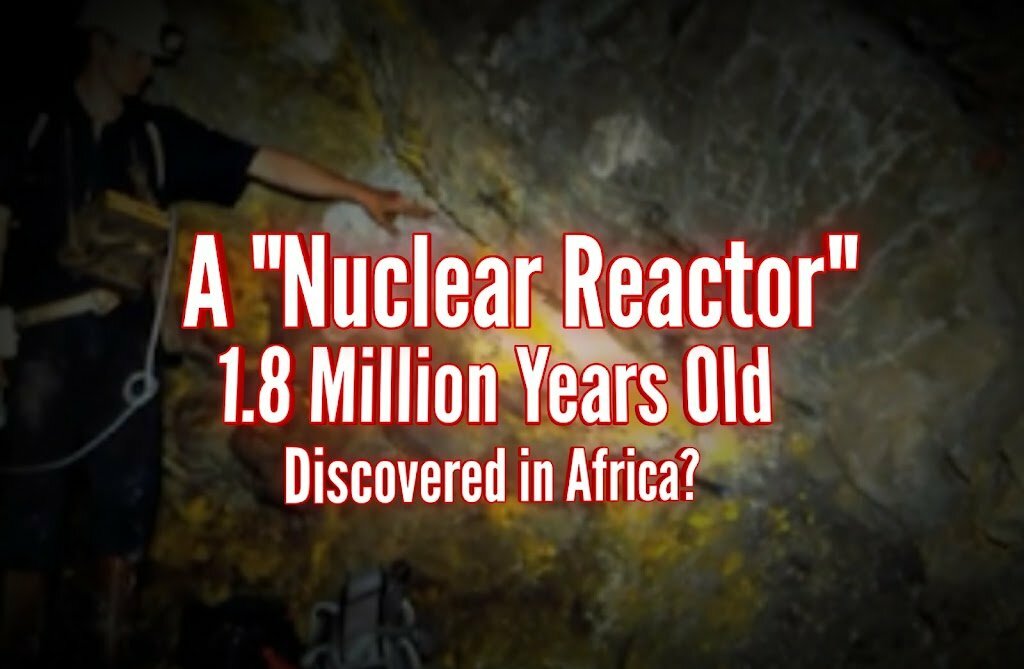An ancient nuclear reactor that was active 2 billion years ago appears to be a fantasy. Perhaps it’s because the term reactor normally refers to a man-made construction. However, in this case, the reactor is a natural uranium area within the Earth’s crust located near Okla, Gabon.
Oklo is a region near Franceville in the Haut-Ogooué department of Gabon, a Central African country. Several natural nuclear fission reactors were discovered in the region’s uranium mines in 1972. A French plant began importing high-quality, uncommon uranium ore from Oklo in 1972.
Many people wondered where they had gotten such a tough thing to make. It was discovered that the uranium had originated from a location that should have altered history, but it seemed to have been gently brushed into the archives of the past.
They discovered that the origin site had previously served as a large-scale nuclear reactor; nevertheless, this reactor was in operation approximately 1.8 billion years ago and had been operational for over 500,000 years. These incredible statements were not made casually or by anyone; they were the conclusions of some of the world’s best brains.
Dr. Glenn T. Seaborg, former head of the United States Atomic Energy Commission and Nobel Prize recipient for his work in heavy element synthesis, stated to the press why he didn’t think it was a natural phenomena and that it had to be a man-made nuclear reactor. He indicated that very exact conditions are required for uranium to ignite in a reaction. The water must be exceedingly pure, far purer than anything found in nature. U-235, one of the isotopes not present naturally in uranium, is also required for this sort of nuclear fission to occur.
Furthermore, multiple reactor engineers have testified that they believe the uranium in Oklo could not have been rich in U-235 enough for a reaction to occur naturally, and that it must have been a man-made operation. And this research has only added to the enigma, revealing that water governed nuclear processes in a cyclic pattern akin to a geyser.
Alex Meshik and his colleagues at Washington University in St. Louis discovered that the Oklo reactor, which is made up of multiple distinct sites, functioned for 30 minutes before shutting down for 2.5 hours and restarting. “The period is typical of water penetrating rocks and then boiling off once reactions begin,” Meshik told the press.
When all of the water boiled away, the reactions came to a halt until additional water percolated down; this geyser-like activity also prevented a runaway reaction.
“That’s incredible it didn’t blow up,” Meshik said.
“Instead, it released energy efficiently in brief pulses over an unusually extended period of time.” Oklo’s nuclear fuel was uranium, namely U-235, and U-235 today accounts for just around 0.7 percent of the uranium found naturally on Earth.
Just imagine who could have existed over 1,8 billion years ago. Or, more particularly, capable of enriching uranium and producing nuclear power?
Is man’s history on Earth that long?
According to multiple nuclear experts and the convincing data they offer, this appears to be the case.

so was it for production of electricity or what